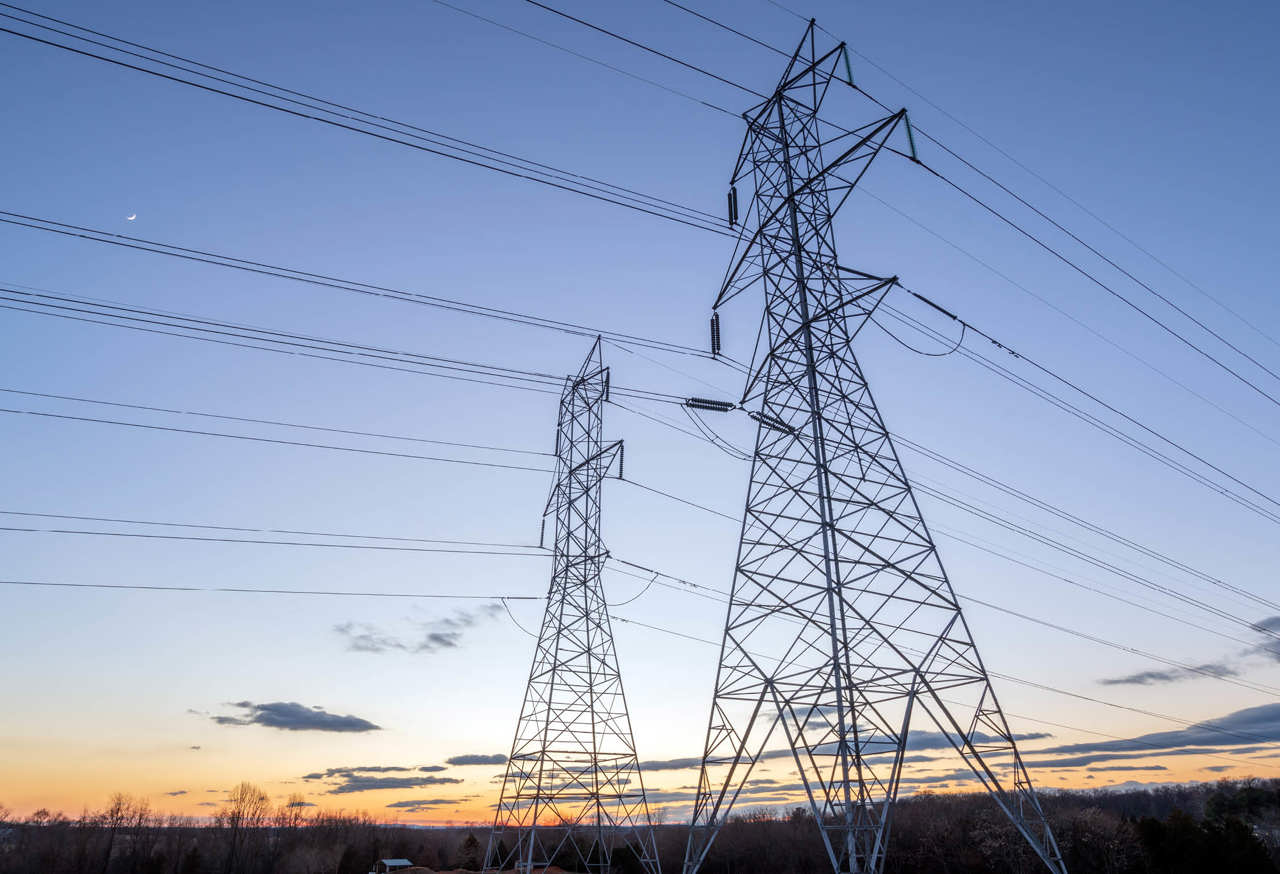The next chapter for UK heat networks: challenges to solve and how to get moving
This content is AI generated, click here to find out more about Transpose™.
For terms of use click here.

The UK’s heat network sector is on the brink of transformation. Today, heat networks provide just 3% of the UK’s space and hot water heating, but by 2050 the government expects this to rise to around 20%.
This shift is underpinned by key policy developments: the Department for Energy Security and Net Zero’s (DESNZ) Heat Network Technical Assurance Scheme (HNTAS), designed to drive decarbonisation and improve performance, and Ofgem’s upcoming regulatory role from January 2026.
Together, these measures create a clear mandate for progress. But turning policy into practice won’t happen automatically. It requires collaboration across institutions, investment innovation, and much closer integration with the electricity system; especially as more heat networks adopt electric heat pumps.
As networks become constrained, the transition depends on joined-up, system-level solutions
To explore what this transformation means in practice, we brought together stakeholders from NESO (National Electricity System Operator), DNOs, (Distribution Network Operators) Ofgem, DESNZ, and others for a forum earlier this year.
Here are some of the insights and opportunities that emerged.
Investment fundamentals: scale, certainty and designing for 2050
The biggest barrier to progress is funding at scale. Too many schemes are conceived as short-term fixes rather than system-optimised assets built for the long term. To attract capital, projects need clear, bankable business cases, not just technical merit.
Investors need robust evidence on tariffs, performance, and risk, alongside replicable examples of best practice. The sector should focus on defining and publishing the most valuable use cases, demonstrating how flexibility and storage can reduce whole-life costs and unlock cheaper finance.
Electricity-heat integration: plan together, not in series
As electrification of heat accelerates, co-ordination between electricity and heat planning is essential. At present, grid constraints often determine the fate of heat network projects more than local energy needs do.
Shared flexibility assets (such as community-scale storage) could help overcome these barriers. DNOs also have an opportunity to benefit from integrated heat-power systems through deferred reinforcement and smarter dispatch strategies.
Connections and capacity: reforming the queue and right-sizing demand
Demand for large electrical connections is growing fast, from both heat networks and other energy-intensive users such as data centres. Developers sometimes over-apply for capacity to avoid delays, tying up limited headroom and creating bottlenecks for others.
Stakeholders agreed that reforms are needed to prioritise system-benefit-based connections and to revise standing charge structures for energy centres. Current models charge on agreed rather than actual capacity, discouraging efficient design.
Institutions and governance: aligning direction and delivery
Policy and delivery need tighter alignment. While the Regional Energy System Planners (RESPs) offer a good start, coordination between NESO, DESNZ, Ofgem, and DNOs remains limited. Internal teams are often stretched, and local authorities have competing priorities.
A clear national framework could set the ‘why and where,’ while empowering local delivery teams to decide the ‘how’ using standardised tools and guidance, reducing friction and duplication across regions.
Commercial models and customer outcomes: building trust and affordability
For heat networks to scale, they must deliver fair pricing and reliable service. Consumers often perceive networks as expensive and restrictive. Clear price comparisons and improved transparency are needed to build trust.
Early projects should focus on customers with long-term commitments and clear decarbonisation goals to de-risk investment. Once anchor loads are secured, developers can offer more attractive tariffs and improve the customer proposition.
How LCP Delta can help
At LCP Delta, we work across the energy system, from network planning and power trading to techno-economic modelling, innovation strategy and due diligence. Our experience helps identify the commercial, regulatory, and technical levers that make heat networks investable and scalable.
If you’re exploring how to design and deliver heat networks fit for 2050, we’d love to help you move from ambition to action
Let's talkFind out more about the Geogrid project
Explore nowSubscribe to our thinking
Get relevant insights, leading perspectives and event invitations delivered right to your inbox.
Get started to select your preferences.





